A new relationship with our goods and materials would save resources and energy and create local jobs, explains Walter R. Stahel.
Workers at Umicore in Brussels separate out precious metals from electronic waste.
When my battered 1969 Toyota car approached the age of 30, I decided that her body deserved to be remanufactured. After 2 months and 100 hours of work, she returned home in her original beauty. “I am so glad you finally bought a new car,” my neighbour remarked. Quality is still associated with newness not with caring; long-term use as undesirable, not resourceful.
Cycles, such as of water and nutrients, abound in nature — discards become resources for others. Yet humans continue to ‘make, use, dispose’. One-third of plastic waste globally is not collected or managed1.
There is an alternative. A ‘circular economy’ would turn goods that are at the end of their service life into resources for others, closing loops in industrial ecosystems and minimizing waste (see ‘Closing loops’). It would change economic logic because it replaces production with sufficiency: reuse what you can, recycle what cannot be reused, repair what is broken, remanufacture what cannot be repaired. A study of seven European nations found that a shift to a circular economy would reduce each nation’s greenhouse-gas emissions by up to 70% and grow its workforce by about 4% — the ultimate low-carbon economy (see go.nature.com/biecsc).
The concept grew out of the idea of substituting manpower for energy, first described 40 years ago in a report2 to the European Commission by me and Geneviève Reday-Mulvey while we were at the Battelle Research Centre in Geneva, Switzerland. The early 1970s saw rising energy prices and high unemployment. As an architect, I knew that it took more labour and fewer resources to refurbish buildings than to erect new ones. The principle is true for any stock or capital, from mobile phones to arable land and cultural heritage.
Circular-economy business models fall in two groups: those that foster reuse and extend service life through repair, remanufacture, upgrades and retrofits; and those that turn old goods into as-new resources by recycling the materials. People — of all ages and skills — are central to the model. Ownership gives way to stewardship; consumers become users and creators3. The remanufacturing and repair of old goods, buildings and infrastructure creates skilled jobs in local workshops. The experiences of workers from the past are instrumental.
Yet a lack of familiarity and fear of the unknown mean that the circular-economy idea has been slow to gain traction. As a holistic concept, it collides with the silo structures of academia, companies and administrations. For economists who work with gross domestic product (GDP), creating wealth by making things last is the opposite of what they learned in school. GDP measures a financial flow over a period of time; circular economy preserves physical stocks. But concerns over resource security, ethics and safety as well as greenhouse-gas reductions are shifting our approach to seeing materials as assets to be preserved, rather than continually consumed.
In the past decade, South Korea, China and the United States have started research programmes to foster circular economies by boosting remanufacturing and reuse. Europe is taking baby steps. The Swedish Foundation for Strategic Environmental Research (Mistra) and the EU Horizon 2020 programme published their first call for circular-economy proposals in 2014. The European Commission submitted a Circular Economy Package to the European Parliament last December. Since 2010, the Ellen MacArthur Foundation, founded by the round-the-world yachtswoman, has been boosting awareness of the idea in manufacturers and policymakers. And circular-economy concepts have been successfully applied on small scales since the 1990s in eco-industrial parks such as the Kalundborg Symbiosis in Denmark, and in companies that include Xerox (selling modular goods as services), Caterpillar (remanufacturing used diesel engines) and USM Modular Furniture. Selling services rather than goods is familiar in hotels and in public transport; it needs to become mainstream in the consumer realm.
Few researchers are taking note. Excellence in metallurgical and chemical sciences is a precondition for a circular economy to succeed. Yet there is too little research on finding ways to disassemble material blends at the atomic level. The body of a modern car incorporates more than a dozen steel and aluminium alloys, each of which needs to be retrieved.
Circular-economy knowledge is concentrated in big industries and dispersed across small–medium enterprises (SMEs). It must be brought into academic and vocational training. A broad ‘bottom up’ movement will emerge only if SMEs can hire graduates who have the economic and technical know-how to change business models. Governments and regulators should adapt policy levers, including taxation, to promote a circular economy in industry. And scientists should scan the horizon for innovations that could be patented and licensed to pave the way for greater leaps in splitting up molecules to recycle atoms.
Systems thinking
There are three kinds of industrial economy: linear, circular and performance.
A linear economy flows like a river, turning natural resources into base materials and products for sale through a series of value-adding steps. At the point of sale, ownership and liability for risks and waste pass to the buyer (who is now owner and user). The owner decides whether old tyres will be reused or recycled — as sandals, ropes or bumpers — or dumped. The linear economy is driven by ‘bigger-better-faster-safer’ syndrome — in other words, fashion, emotion and progress. It is efficient at overcoming scarcity, but profligate at using resources in often-saturated markets. Companies make money by selling high volumes of cheap and sexy goods.
A circular economy is like a lake. The reprocessing of goods and materials generates jobs and saves energy while reducing resource consumption and waste. Cleaning a glass bottle and using it again is faster and cheaper than recycling the glass or making a new bottle from minerals. Vehicle owners can decide whether to have their used tyres repaired or regrooved or whether to buy new or retreaded replacements — if such services exist. Rather than being dumped, used tyres are collected by waste managers and sold to the highest bidder.
A performance economy goes a step further by selling goods (or molecules) as services through rent, lease and share business models4,5. The manufacturer retains ownership of the product and its embodied resources and thus carries the responsibility for the costs of risks and waste. In addition to design and reuse, the performance economy focuses on solutions instead of products, and makes its profits from sufficiency, such as waste prevention.
For example, Michelin has since 2007 sold tyre use ‘by the mile’ to operators of vehicle fleets. The company has developed mobile workshops to repair and regroove tyres at clients’ premises and aims to develop products with longer service lives. Worn tyres are sent to Michelin’s regional plants for retreading and reuse. The Swiss company Elite uses the same strategy for hotel mattresses, and textile-leasing companies offer uniforms, hotel and hospital textiles and industrial wipes as a service.
Conventional waste management is driven by minimizing the costs of collection and disposal — landfill versus recycling or incineration. In a circular economy, the objective is to maximize value at each point in a product’s life. New jobs will be created and systems are needed at each step.
Autolib car-sharing schemes free users from the demands of ownership.
Commercial markets and collection points are needed for users and manufacturers to take back, bring back or buy back discarded garments, bottles, furniture, computer equipment and building components. Goods that can be reused may be cleaned and re-marketed; recyclables are dismantled and the parts are classified according to their residual value. Worn parts are sold for remanufacturing, broken ones for recycling. These markets used to be common — milk and beer bottles and old iron were once collected regularly from homes. Some have re-emerged as digital global market places, such as eBay.
Professional marketplaces (perhaps online) also need to be set up for the exchange of used parts, such as electric motors, bearings and microchips. Even components of liquid waste, such as lubrication and cooking oils or phosphorus from sewage, can be refined and resold. Scientists should re-market rather than dump their used kit.
Stewardship rules are needed for used goods. Austria is a world leader in this area. Collecting and reusing ‘waste’ are labour intensive and expensive, but they have been fostered in the nation through taxation changes and by recouping costs through re-marketing rather than scrapping parts.
The ultimate goal is to recycle atoms. This is already done for some metals. The Brussels-based company Umicore extracts gold and copper from electronic waste. The Swiss firm Batrec removes zinc and ferromanganese from batteries. These processes are energy-intensive and recover the metals only partly. To close the recovery loop we will need new technologies to de-polymerize, de-alloy, de-laminate, de-vulcanize and de-coat materials.
We will need new technologies to de-polymerize, de-alloy, de-laminate, de-vulcanize and de-coat materials.
Methods and equipment are needed to deconstruct infrastructure and high-rise buildings. For example, the ANA InterContinental hotel in Tokyo was demolished in 2014 beneath a ‘turban’ that was lowered hydraulically floor by floor to minimize noise and dust emissions. A vertical shaft with a goods lift in the middle of the building allowed the deconstructors to recover components and sort materials while using the lift as a generator.
Services liberate users from the burden of ownership and maintenance and give them flexibility. Examples include: ‘power by the hour’ for jet and gas turbines; bike and car rentals; laundromats and machine-hire shops. Fleet managers benefit from resource security — the goods of today become the resources of tomorrow at yesterday’s prices. Covering the costs of risk and waste within the price of use or hire provides economic incentives to prevent loss and waste over the lifetimes of systems and products.
Societal trend
The circular economy is part of a trend towards intelligent decentralization — witness 3D printing, mass customization of manufacturing, ‘labs-on-a-chip’ in chemistry and functional services. The French car-sharing service Autolib offers people flexible, hassle-free urban mobility by using small electric cars that have low maintenance costs and can be recharged in reserved parking spaces throughout Paris. Such business models jeopardize the fundamentals of the linear economy — ownership, fashion and emotion — and raise fears in competing companies. For example, car manufacturers’ strengths of mass production, patented technologies in combustion engines and gearboxes, big investments in robotic factories and global supply and marketing chains are of little use when competing with local Autolib services.
Public procurement can exploit the potential of the performance economy. Yet despite some successes, governments remain hesitant. NASA decided a decade ago to buy space transport services, leading to start-up companies such as SpaceX competing for contracts using innovative, cheap and reusable equipment. Assigning maintenance costs to the private constructor of the Millau Viaduct in the south of France led the tenderer, Eiffage Construction, to develop a structure that could be erected quickly and would have minimal maintenance and liability costs over its 75-year service life.
Tipping points
Realizing a circular economy will take concerted action on several fronts.
Research and innovation are needed at all levels — social, technological and commercial. Economists and environmental and materials scientists need to assess the ecological impacts and costs and benefits of products. Designing products for reuse needs to become the norm, making use of modular systems and standardized components, for instance6. More research is needed to convince businesses and governments that a circular economy is feasible.
Communication and information strategies are needed to raise the awareness of manufacturers and the public about their responsibility for products throughout their service lives. For instance, it should be fashion magazines, not science journals, that bang the drum about jewellery sharing, leased jeans and rental designer handbags.
Policymakers should use ‘resource-miser’ indicators such as value-per-weight and labour-input-per-weight ratios rather than GDP. Policies should focus on performance, not hardware; internalization of external costs, such as emissions and pollution, should be rewarded; stewardship should overrule ownership and its right to destroy. The Internet of Things (in which everyday objects are digitally connected) and Industry 4.0 (intelligent technical systems for mass production) will boost such a shift, but also demand a policy review that considers questions of ownership and liability of data and goods7,8.
Policies9 should promote activities that are desired by society and punish those that are not. Taxes should be raised on the consumption of non-renewable resources, not on renewable resources including human labour. Value-added tax (VAT) should be levied on value-added activities, such as mining, construction and manufacturing, but not on value-preserving stock management activities such as reuse, repair and remanufacture. Carbon credits should be given to emissions prevention at the same rate as to reduction.
Societal wealth and well-being should be measured in stock instead of flow, in capital instead of sales. Growth then corresponds to a rise in the quality and quantity of all stocks — natural, cultural, human and manufactured. For example, sustainable forestry management augments natural capital, deforestation destroys it; recovering phosphorus or metals from waste streams maintains natural capital, but dumping it increases pollution; retrofitting buildings reduces energy consumption and increases the quality of built stock10.
Marrying the three types of economy is a formidable challenge. A shift in policy focus from protecting the environment to promoting business models that are based on full ownership and liability, and that are unlimited in time, rather than imposing a two-year warranty for manufacturing quality, could transform a nation’s competitiveness.
References
- Ellen MacArthur Foundation, World Economic Forum and McKinsey & Company. The New Plastics Economy: Rethinking the Future of Plastics (Ellen MacArthur Foundation, 2016).
- Stahel, W. R. & Reday-Mulvey, G. Jobs for Tomorrow: The Potential for Substituting Manpower for Energy ((Vantage Press, 1981).
- Stahel, W. R. in The Circular Economy — A Wealth of Flows (ed. Webster, K. ) 86–103 (Ellen MacArthur Foundation, 2015).
- Stahel, W. R. The Performance Economy (Palgrave, 2006).
- Stahel, W. R. in Handbook of Performability Engineering (ed. Misra, K. B.) Ch. 10, 127–138 (Springer, 2008).
- Stahel, W. R. in Our Fragile World: Challenges and Opportunities for Sustainable Development Vol. II (ed. Tolba, M. K.) Ch. 30, 1553–1568 (UNESCO/EOLSS, 2001).
- Giarini, O. & Stahel, W. R. The Limits to Certainty, Facing Risks in the New Service Economy (Kluwer, 1989).
- Stahel, W. R. in The Industrial Green Game: Implications for Environmental Design and Management (ed. Richards, D. J.) Ch. 4, 91–100 (National Academy Press, 1997).
- Stahel, W. R. Phil. Trans. R. Soc. A 371, 20110567 (2013). ADS Article Google Scholar
- Stahel, W. R. & Clift, R. in Taking Stock of Industrial Ecology (eds Clift, R. & Druckman, A.) Ch. 7, 137–158 (Springer, 2016).






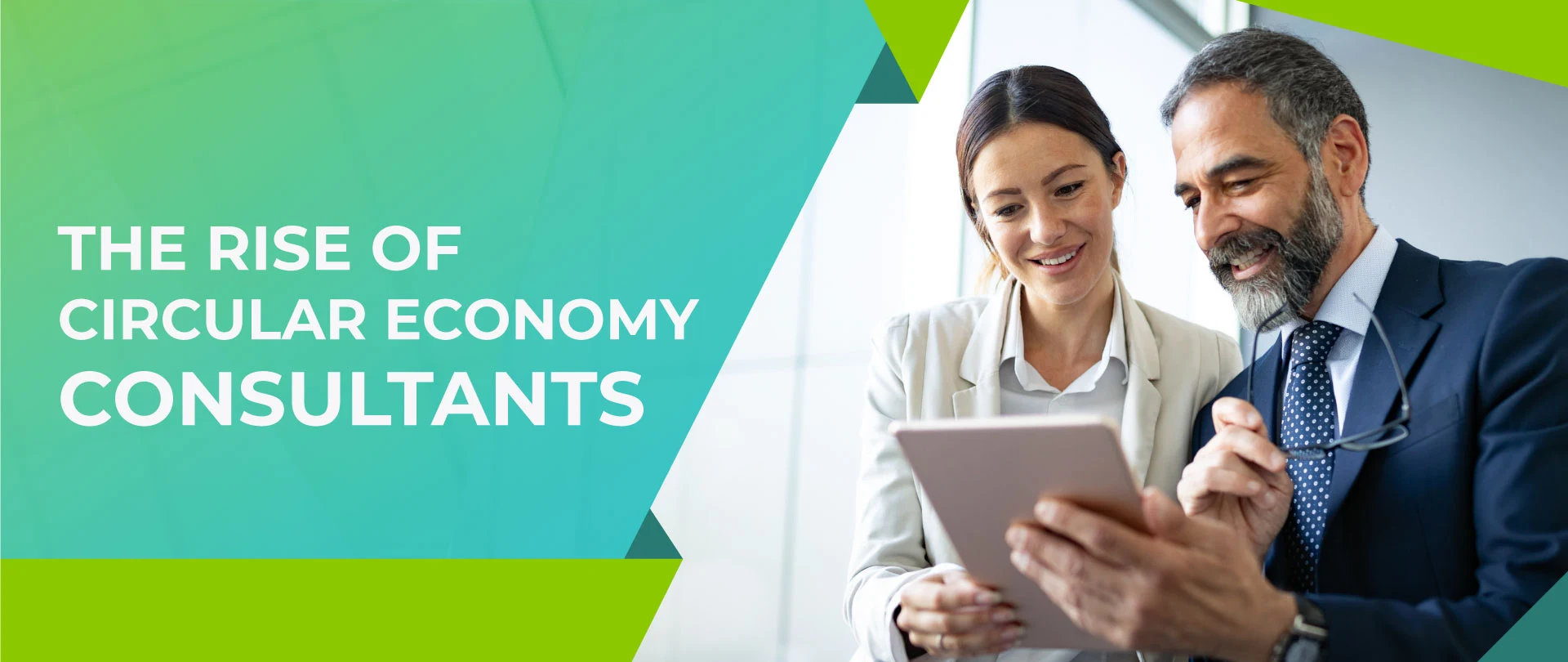
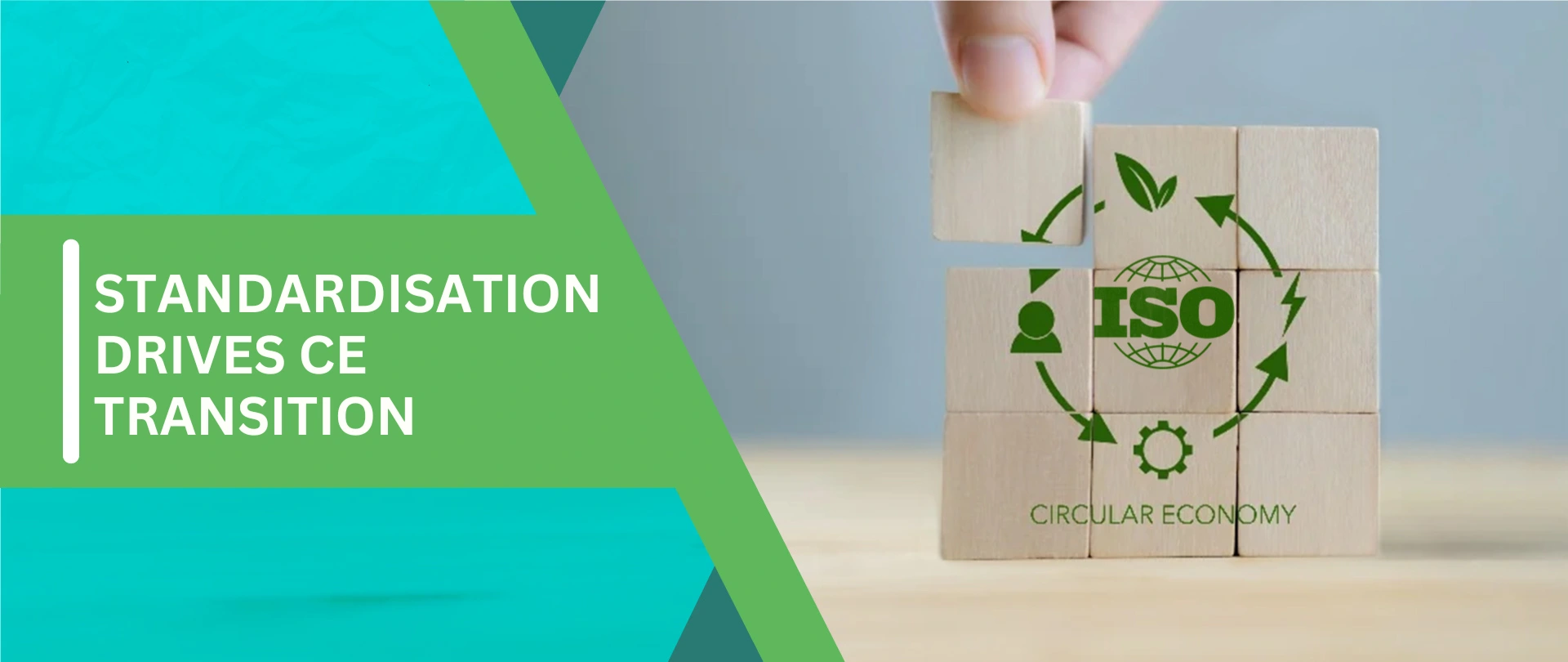
















































































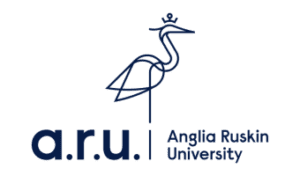



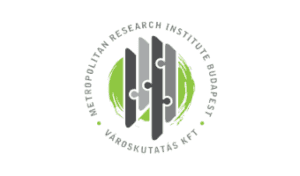





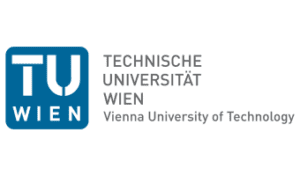














0 Comments